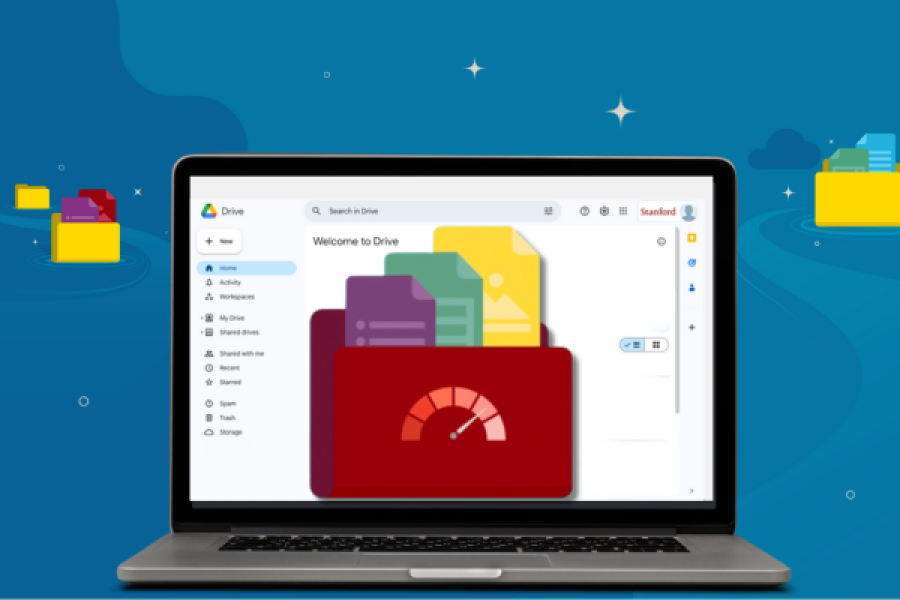Google Shared drives are shared spaces where teams can easily store, search, and access their files anywhere, from any device. You can access files from your computer using any web browser or you can install the mobile application to access your files from your Android or iOS mobile device. While the files in Google Drive, also known as My Drive, are owned by the drive owner, files stored in a Shared drive belong to the team instead of an individual.
Shared drives are ideal for groups of colleagues who often collaborate on documents together, such as work groups or project teams. Anyone can create a Google Shared drive and share ownership of that Drive — as well as any documents stored there —making it easy for all team members to share in the responsibility of organizing and maintaining the files. Team members can be added or removed from the Shared drives at any time. When a team member is removed from the group, all of the files remain in the Shared drives so that the team can continue to share information and complete necessary work.
Workgroup Integration allows you to create a Google Group from current Workgroups. When creating a Shared drive, you can then assign Shared drives membership (with Full access permissions) to the Google Group created by the Workgroup Integration tool, ensuring that the ownership of the Shared drive is attached to a Workgroup and not an individual. Once the permissions are granted to your Google Group, access to the Shared drive is automatically adjusted when you add or remove members from your Workgroup, allowing you to manage access entirely from within Workgroup Manager.
See Google's Get started with Shared drives page for more information.
Features
- Files remain after an employee leaves.
- All members of Shared drives see the same content.
- When a user is added to a Google group, they are automatically added to all of the Shared drives that include that group.
- You can add external users to a Shared drive.
- Files are searchable.
Technical Specifications
- Storage space
- You can upload 750 GB of data per day.
- You can upload files up to 5 TB in size.
- If a single file exceeds the 750 GB daily limit, that file will upload. Subsequent files will not upload until the daily upload limit resets the next day.
- A Shared drive can contain a maximum of 400,000 files and folders.
- A Shared drive can include a large number of individual and Google Group members.
- Limit for individuals and groups directly added as members: 600
A group and an individual are both counted as one member against the limit. - Total limit of individuals (direct members, or indirect members due to Google Group membership): 50,000
An individual who is a member of several groups that are added as direct members of the Shared drives still only count as a single individual.
- Limit for individuals and groups directly added as members: 600
- A single Shared drive can nest up to 20 subfolders, but we don’t recommend creating Shared drives with a folder structure that complex. Shared drives function, but users can have difficulty organizing and navigating the content. Instead of a complex hierarchy of folders, consider organizing content into multiple Shared drives.
Designed for
Current faculty, staff, and students.
Requirements
- A full-service SUNet ID.
- See the system requirements page if you want to install Google Drive on your computer or mobile device.
Data security
Google Shared drives can be used to store Low, Moderate, and High Risk Data, as defined by the Information Security Office, with the exception of Protected Health Information (PHI). Only approved for PHI data with Cardinal Key and in accordance with all applicable requirements.
Rates
Currently free of charge. Visit the Google Workspace Optimization Project to learn more about upcoming changes.
Get started
Get help
For assistance, please submit a Help ticket.
Learn more
See also
- Viit Google Workspace Optimization Project to learn more about upcoming changes to Google Workspace
- See Document Management
- See Google Drive

